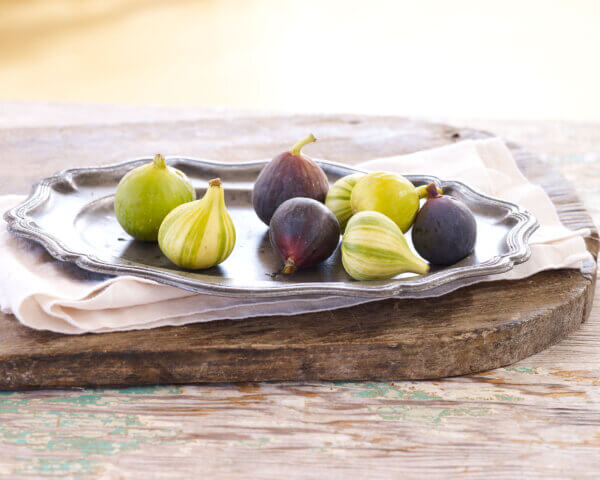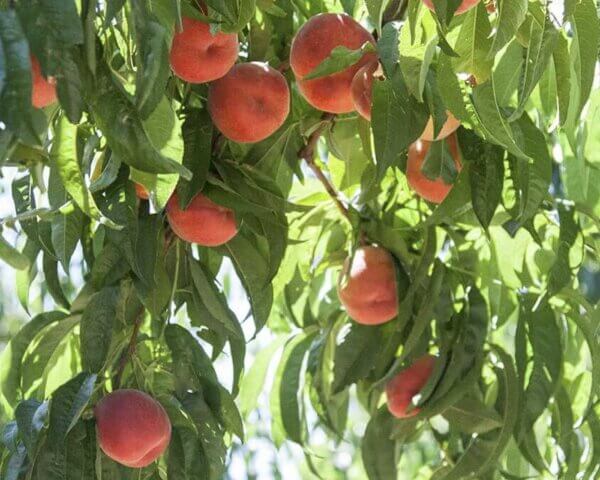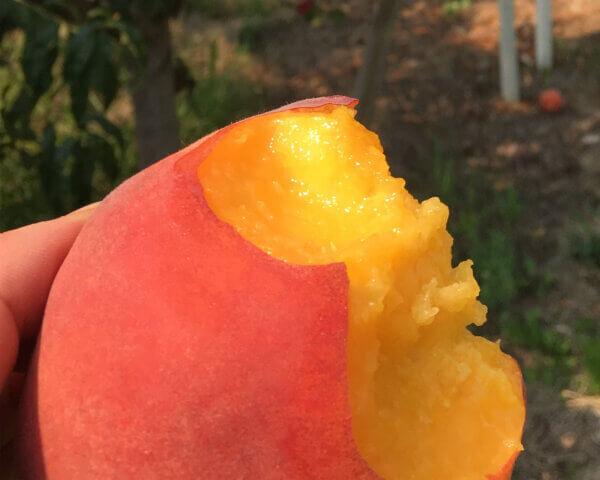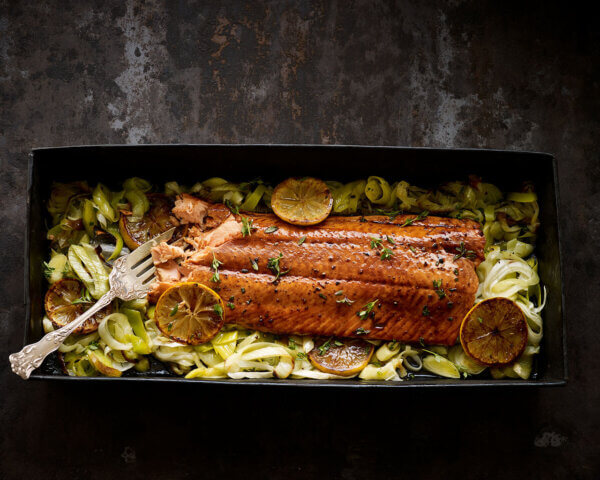101
When summer hits, the color spectrum in Metropolitan Market’s produce department gets even more intense, with the vibrant hues of peaches, nectarines, plums, apricots, and cherries. While you can always find the juiciest, most flavorful fruits year-round at Metropolitan Market, June through September is truly special, branching into newer varietals like apriums, pluots, and plumcots. While stone fruit’s success as a crop each year is weather dependent—a late frost or too much or too little moisture can really affect how the fruit grows — summer is always the best time to buy stone fruit.
What Are Stone Fruits?
Classified botanically as drupes, stone fruits have a thin skin, juicy flesh, and a pit, or stone, in the center that has a seed inside. They can be further classified by whether the pit naturally clings to the flesh when you cut into the fruit (called clingstone fruit) or falls from the flesh easily when you cut into it (called freestone fruit). While they’re all great eaten out of hand or added into salads, desserts, or jams, the array varying flavors, colors, textures, and names can be a little dizzying. This quick guide to summers best flavor will help you avoid common pitfalls.
Our Favorite Stone Fruits
While we look forward to celebrating Peach-O-Rama® every year, it’s easy to lose sight that there’s more to summer than peaches.

Yellow Peach
Yellow peaches are the most classic summer peach. Large, orange, and covered with fuzz, with a big pit and sturdy flesh that can vary from reddish or pinkish to bright gold. Classic peach flavor has a perfect balance of sugar and acid.
White Peach
Imagine how a peach would mellow out if it took a vacation. Lower in acid than their yellow counterparts, white peaches have a light cream-colored flesh and a sweeter, softer flavor that really comes through.
Donut Peach
Donut peaches, named because they’re flat and, well, donut-shaped, descended from a flat variety native to China. They have velvety skin with a soft, juicy white flesh, and a hint of almond flavor.
Black Plum
Juicy black plums have thin, taut skin with semi-firm yellow flesh inside. They range from sweet to sweet-tart in flavor, and the taste often has tropical notes – think banana or pineapple.
Red Plum
Milder and sweeter than black plums, red-skinned plums have crimson flesh, and some say, an aftertaste that reminds them of wine.


Pluots
Pluots are natural crosses of plums and apricots, typically consisting of about 75 percent plum and 25 percent apricot. They have thin, glossy skin like a plum, and may bruise easily. They’re sweeter than either plums or apricots and come in a variety of skin and flesh colors, depending on which plums and apricots are involved in the initial cross.
Plumcots
Plumcots are half plum and half apricot. As with pluots, their skin and flesh color vary, and they can also have slightly fuzzy skin (like an apricot) or slightly mottled or speckled skin (like a plum). They are very fragrant, with flavors that often include notes of pomegranate, berry, and cherry.
Apriums
Because they’re 75 percent apricot and 25 percent plum, apriums are almost always fuzzy like apricots, with a very juicy flesh, strong apricot flavor, and hints of raspberry.
Apricots
With a very tart flavor, creamy texture, and soft, fuzzy exterior, apricots are much smaller than peaches or nectarines, and often have freestone pits, which makes them super easy to eat out of hand.
Black Velvet Apricots
While they’re technically a type of plumcot, Black Velvet apricots look like small fuzzy apricots, with very fine purple-black velvet skin and bright yellow flesh inside. They’re sweet and tart at the same time, with a bit of cinnamon flavor.


Yellow Nectarine
Yellow nectarines are the result of a natural genetic mutation in peaches that left the skins glossy, instead of fuzzy. While some prefer peaches, others say nectarines have the most perfect sugar and acid balance of all fruits. They often have a higher Brix level than peaches but taste more tart because of their higher acid content.
White Nectarine
Slightly heart-shaped, white nectarines, have less acid than their yellow counterparts, so they taste sweeter. Their skins are especially thin, with cream- or rose-colored flesh with hints of baking spices.
How to Buy Stone Fruits
Look for fruit that’s tender to the touch, or, to avoid squeezing it, smell it—most ripe stone fruit has a sweet, floral fragrance. Store unripe fruit on the counter for a few days to allow it to ripen.
Great Uses for Stone Fruits
At the peak of season, nothing beats eating stone fruit straight up, with breakfast or as an afternoon snack. But for larger meals, explore our stone fruit recipes for great ways to incorporate them into lunch, dinner, and dessert. You’ll find fun entertaining ideas like Lamb Kebabs with Grilled Peaches and Pork, Peach, and Peanut Lettuce Wraps. Looking for something sweeter? Try our Peach Crisp, which is equally delicious made with nectarines or plums. Also, don’t throw away all those pits– stone fruit pits can be reserved and used to make flavorful syrups, vinegars, or liqueurs. Time for a summer adventure!





